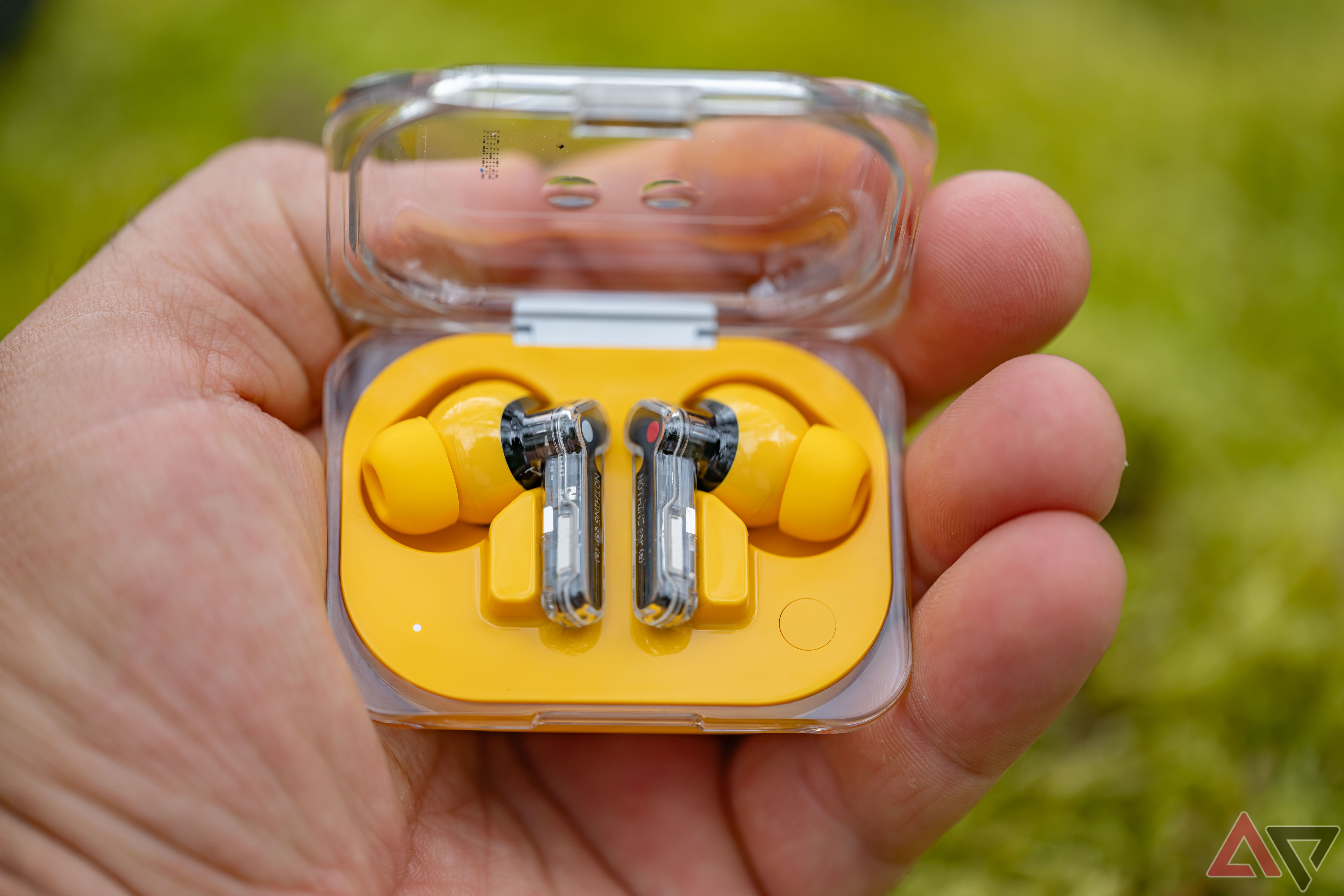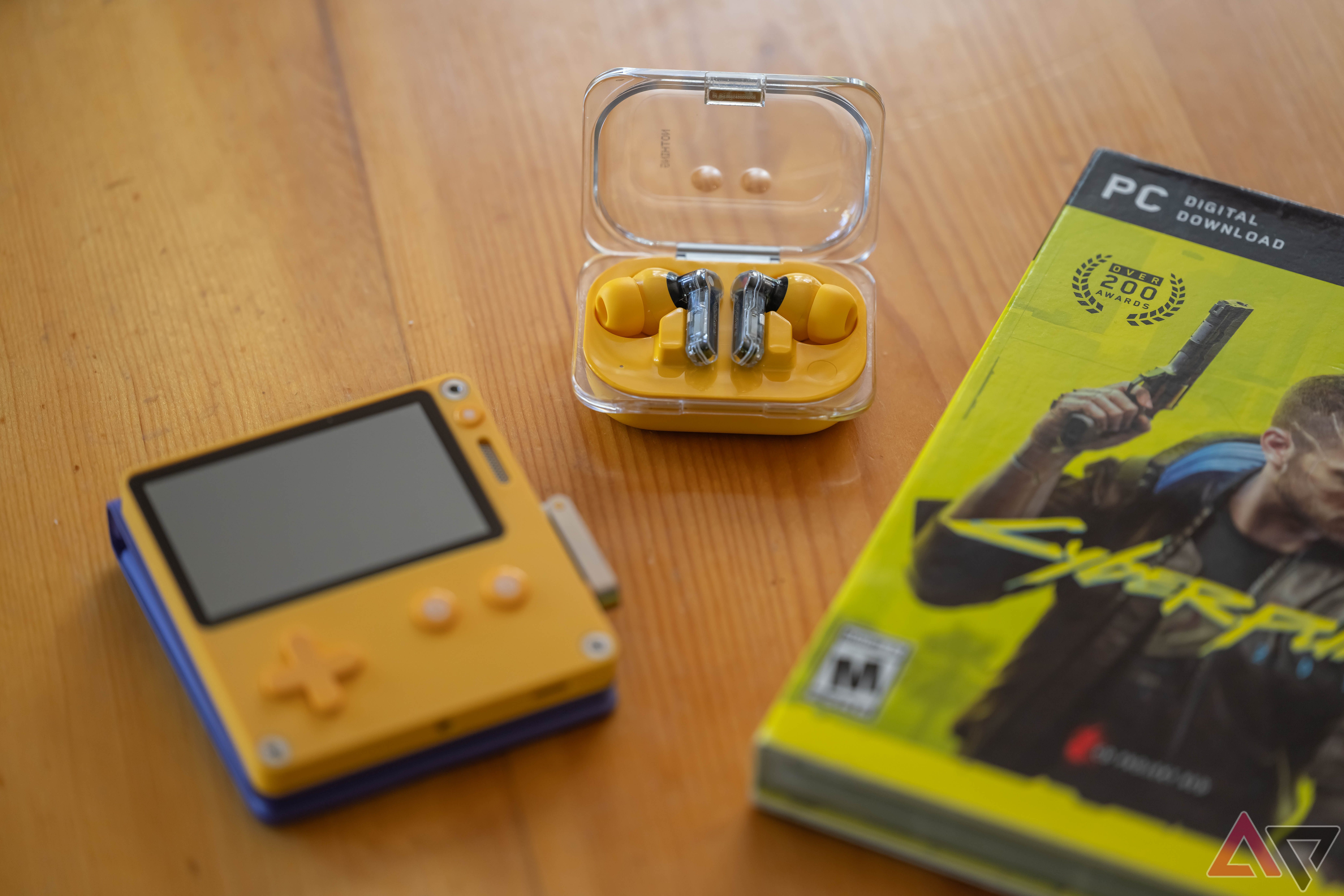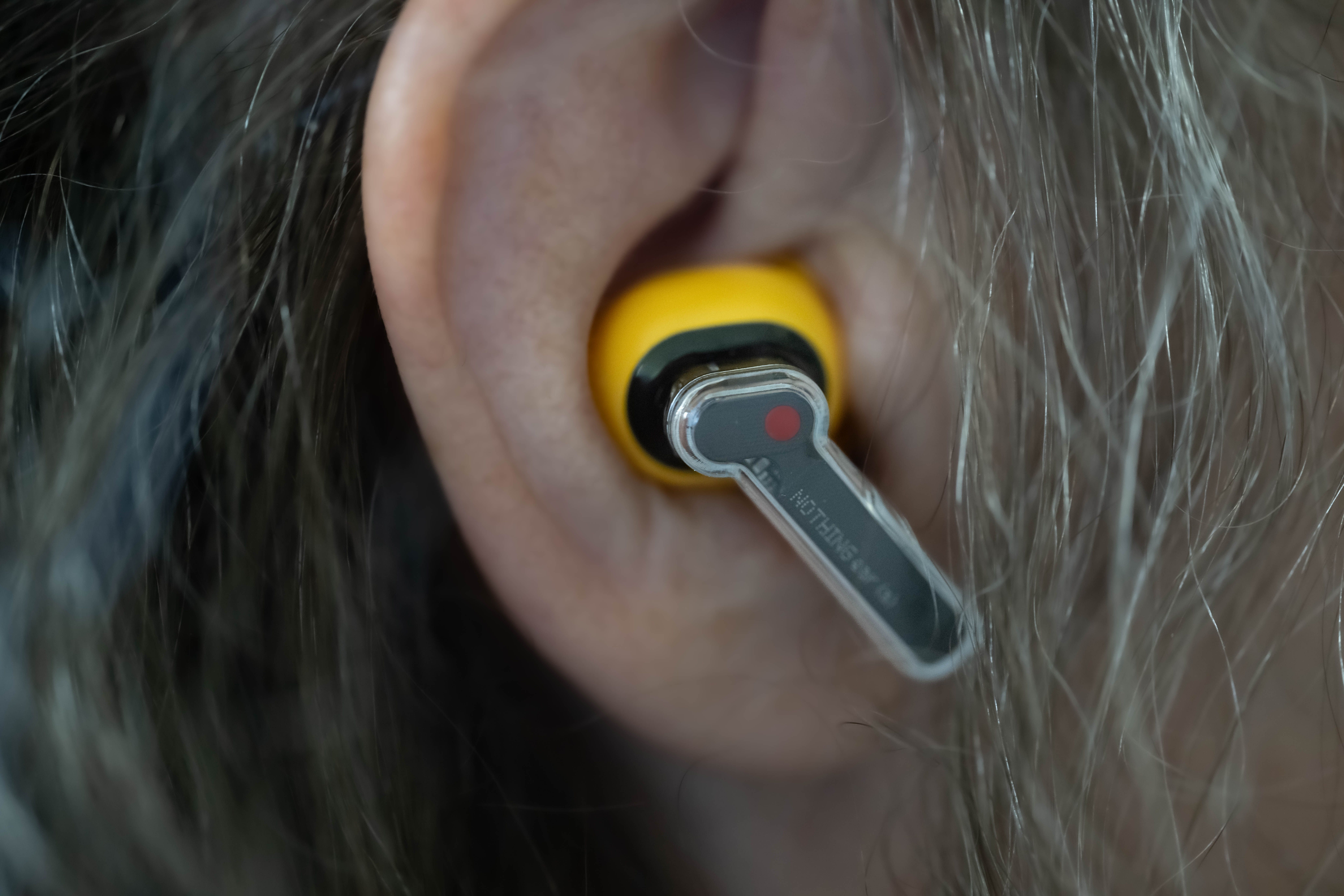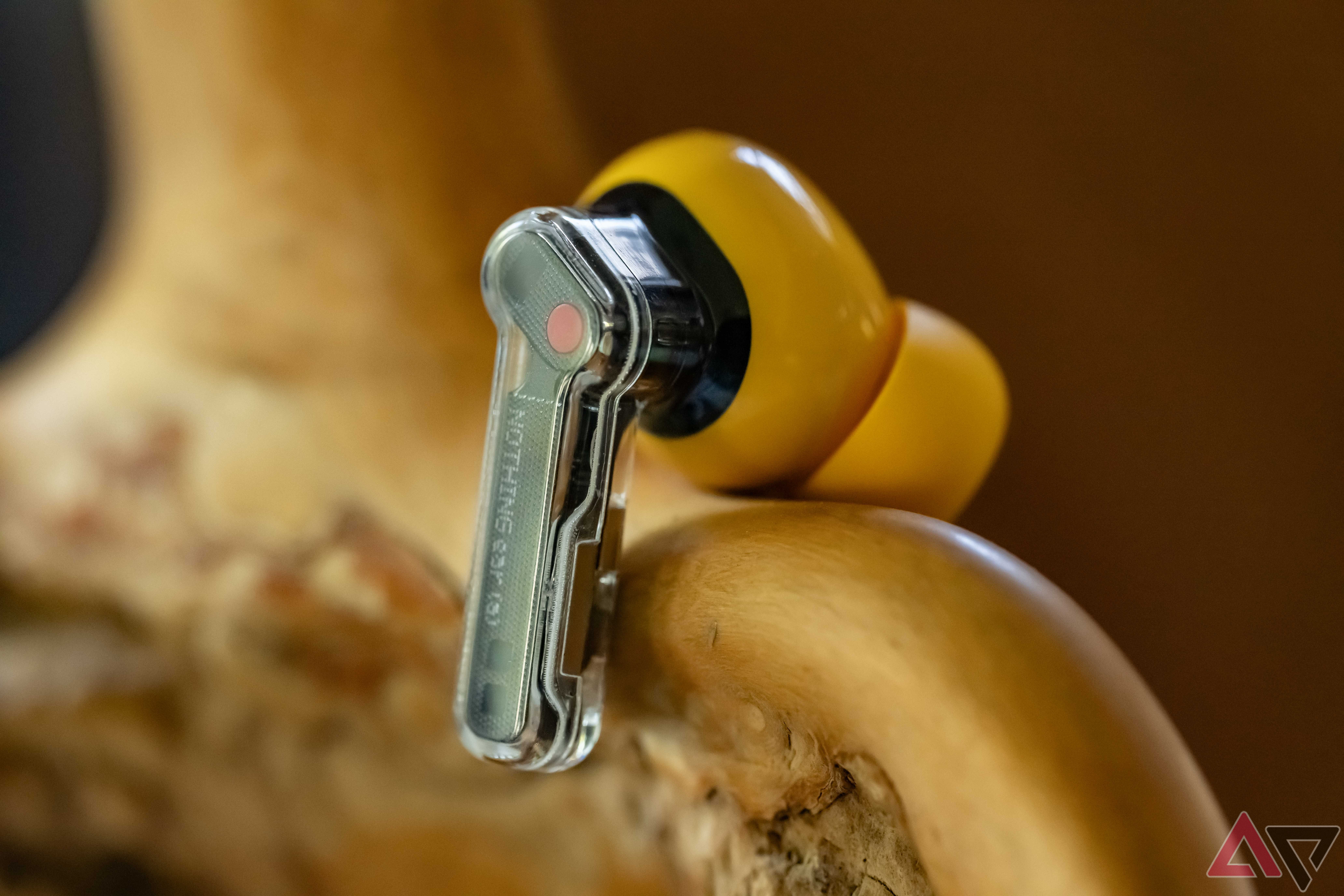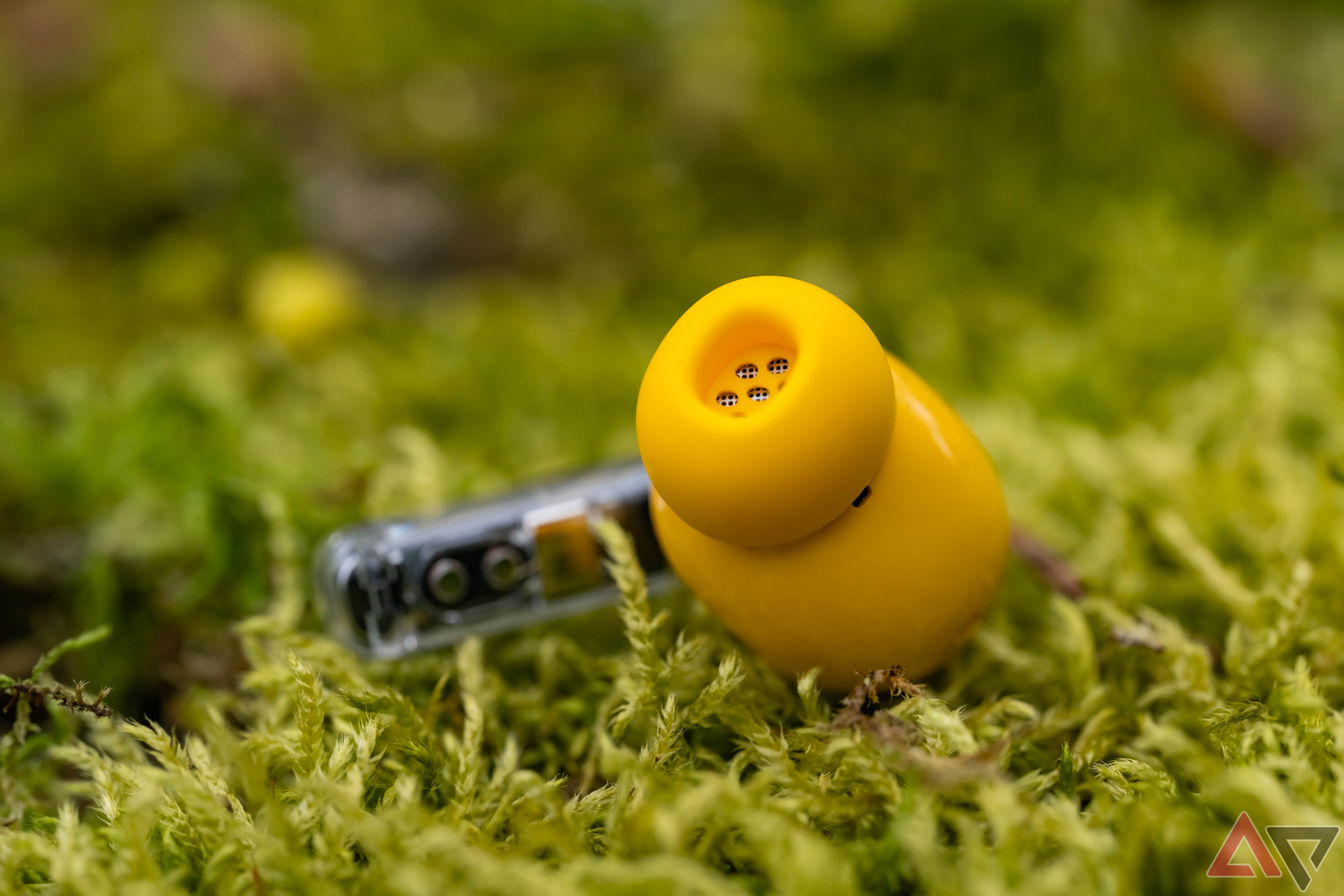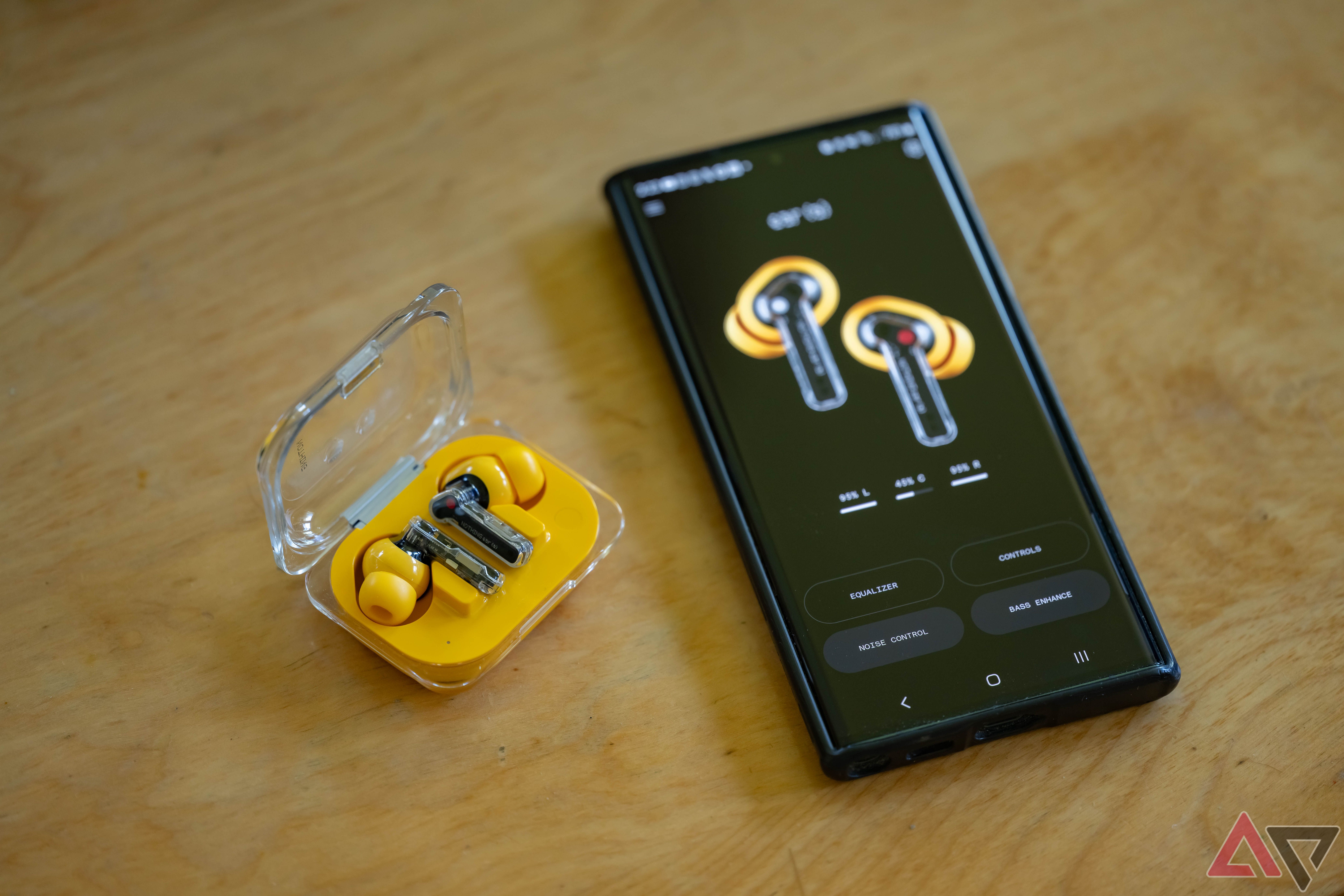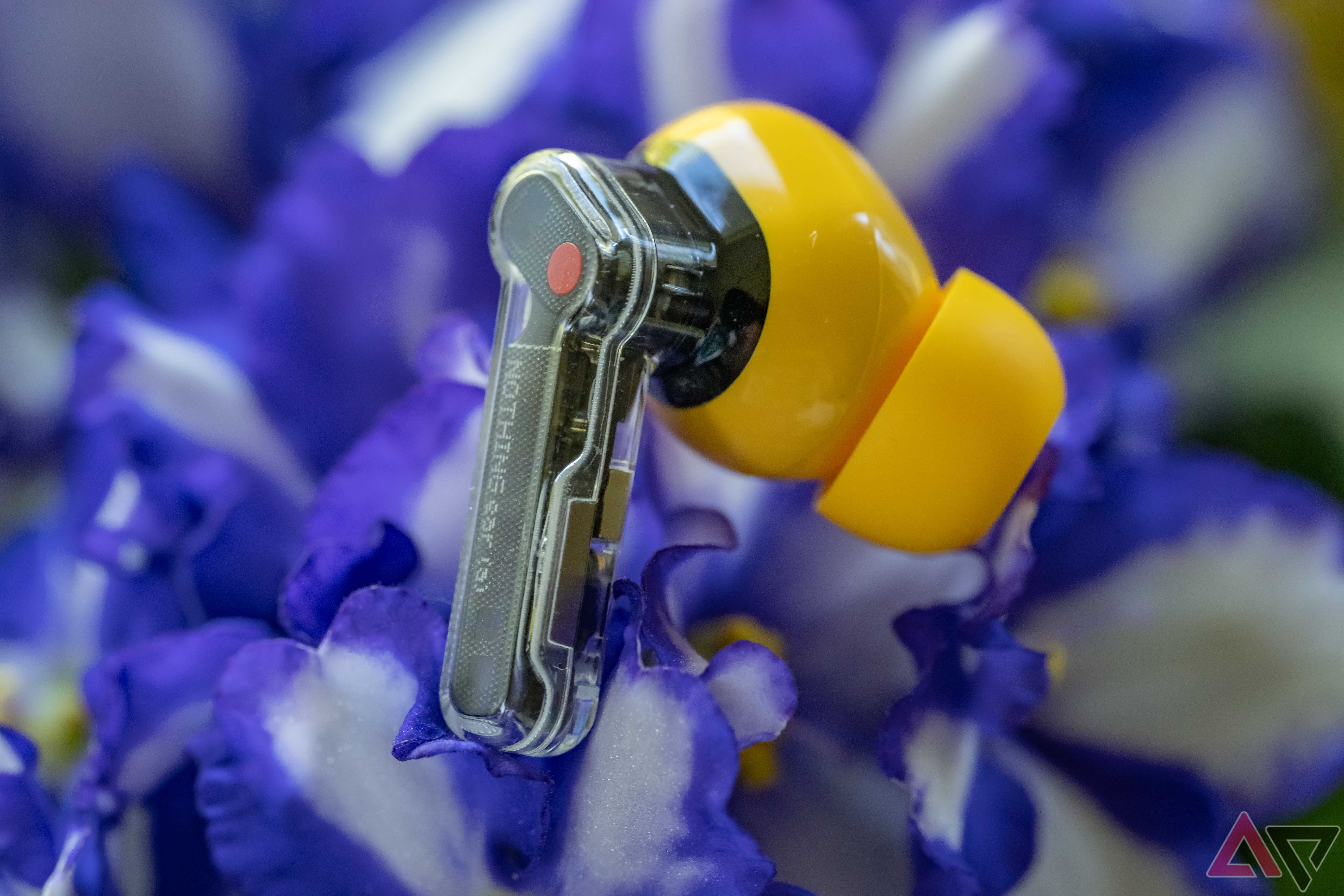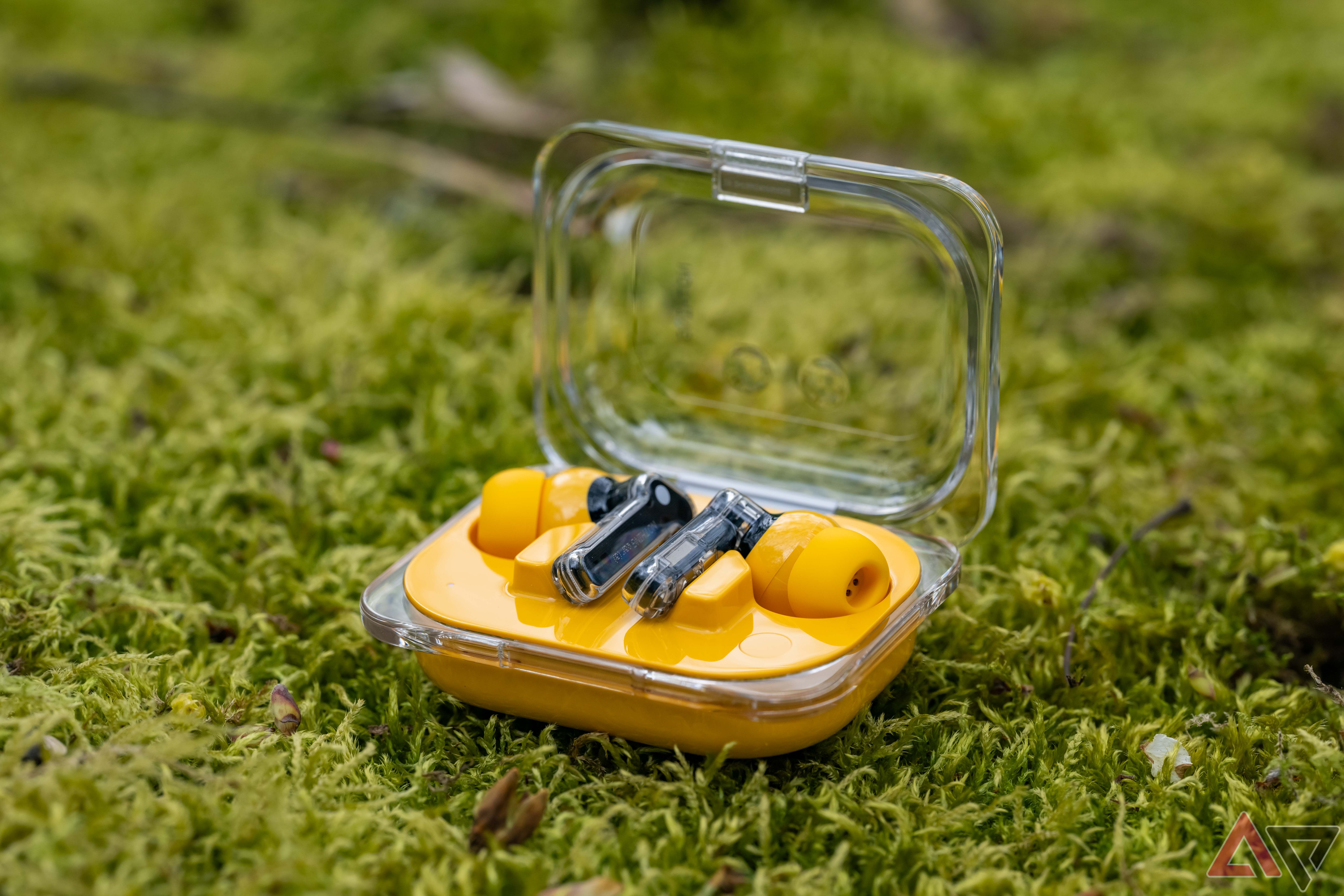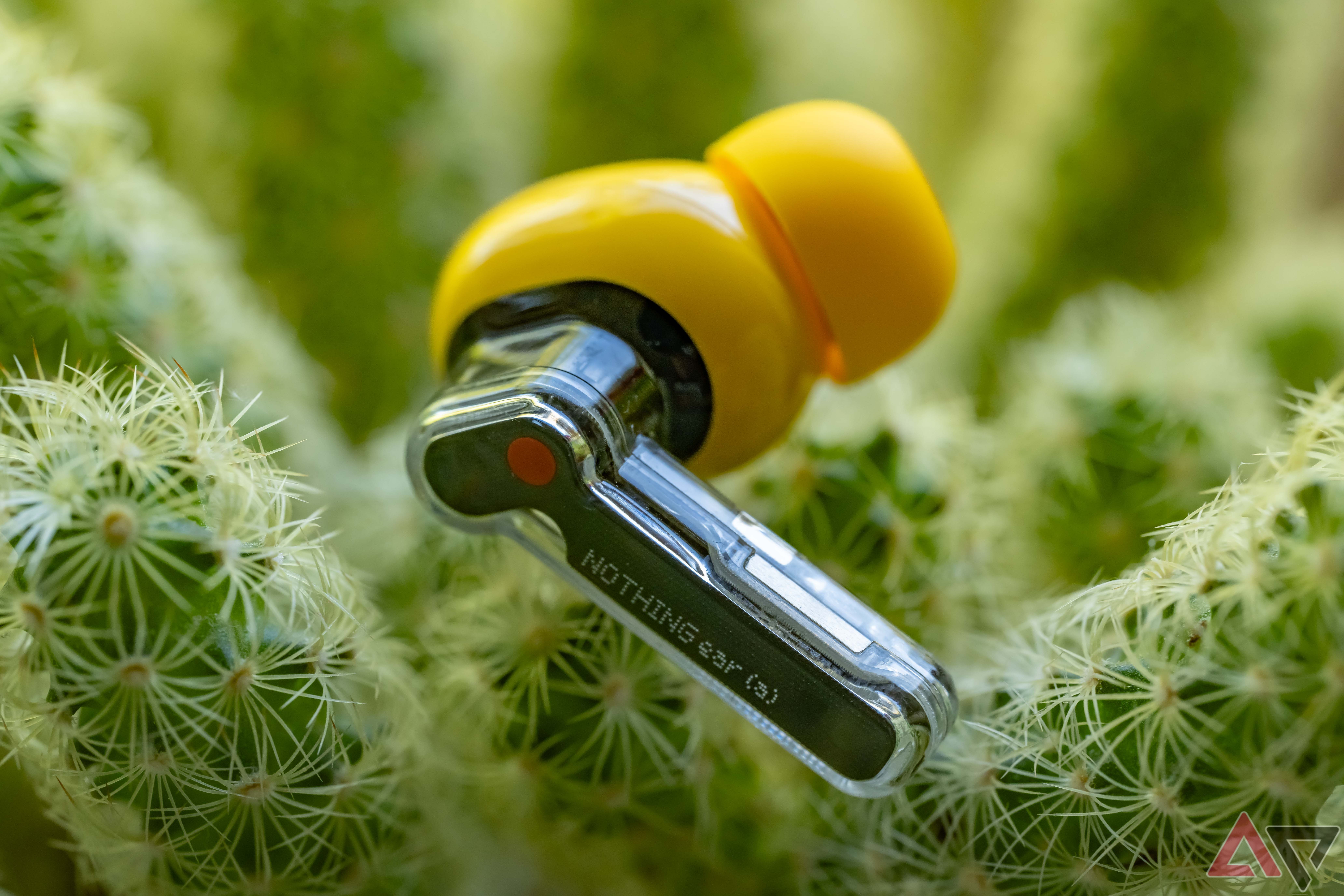Despite its somewhat confusing name, it’s easy to see the appeal of the Nothing Ear (a). Just think of the (a) standing for affordability because that’s what they are compared to the flagship Nothing Ear non-(a). At least on paper, the Nothing Ear (a) promises to provide the core experience of the sans-(a) version at a significantly lower price point. It and its more expensive sibling represent the third generation of Nothing’s earbuds.
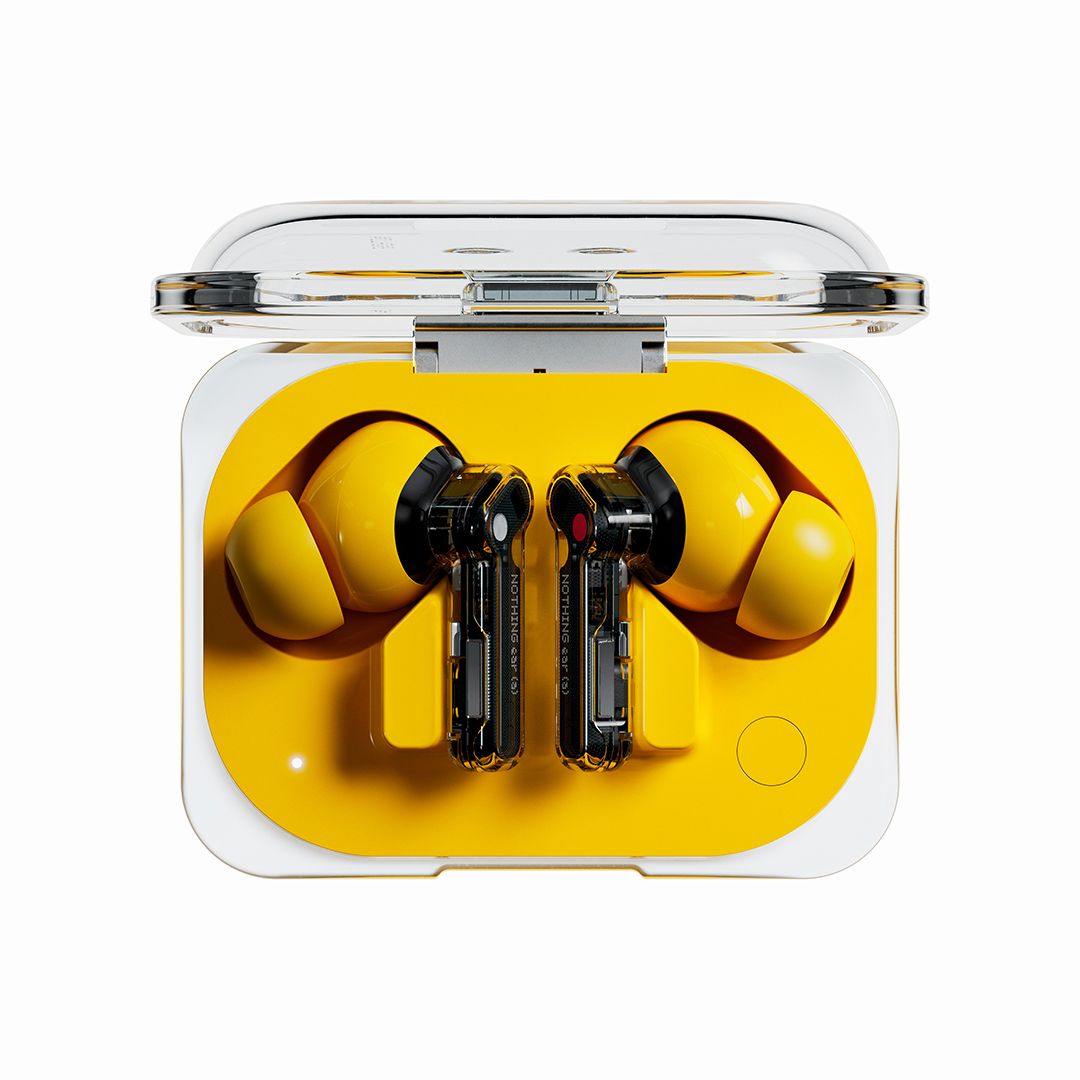

Nothing Ear (a)
Staff pick
The Nothing Ear (a) offer excellent-quality audio, a high level of comfort, impressive battery life, and extremely effective active noise cancellation. These earbuds are well-rounded, providing a great listening experience and great value for money.
- Lightweight and comfortable
- Excellent sound quality
- Impressive battery life
- Great control scheme
- Only comes in bright yellow
- No wireless charging
- Limited EQ customization
Price and availability
The Nothing Ear (a) is available for $99 directly from Nothing in yellow. Only the higher-end Nothing Ear is available for $149 in black or white.
Specifications
- Wired/Wireless
- Wireless
- Battery Life
- 10 hours (buds) 42.5 hours (case)
- Noise Cancellation
- Active and passive
- Bluetooth
- Yes
- Microphones
- 3 per bud
- IP Rating
- IP54 (buds). IPX2 (case)
- Supported codecs
- AAC, SBC, LDAC
- Charging type
- USB-C
- Driver Size
- 11mm
- Dimensions and weight (earbuds)
- Height: 29.4 mm Width: 21.7 mm Depth: 24.1 mm Weight: 4.62 g
- Dimensions and weight (case)
- Height: 55.5 mm Width: 55.5 mm Depth: 22 mm Weight: 51.9 g
- Price
- $99
Design and fit
You’d better really like the color yellow
First impressions of the Nothing Ear (a) are an interesting mix. The earbuds are high quality, beyond what you’d normally expect at the price point, but the charging case looks and feels quite cheap. Obviously, the cost savings between the flagship Nothing Ear and the Nothing Ear (a) are very much in the charging case, and that’s really as it should be.
While perhaps less traditionally elegant and tasteful, I actually prefer the bright yellow color scheme of the Nothing Ear (a) from aesthetic and practicality standpoints. If nothing else, should an earbud go wayward, I’m more likely to find these over the white or black — unless you work at a burger joint, and it falls into a vat of mustard. While I initially feared that the Nothing Ear (a) might be overly obtrusive, like wearing big yellow earrings, the yellow portion of the earbud practically disappears, and only the stem protrudes.
Still, the yellow color of earbuds and case will certainly not be to everyone’s taste, and if it bothers you, your only option is to pony up for the more expensive sans-(a) Nothing Ear in white or black.
Also included in the box are extra-large ear tips for the buds, instructions, and a USB-C chord — just the basics, but that’s all you need. Aside from the yellow-colored portion of the buds, the stems are transparent plastic, which makes the internal components visible. These manage to look cool.
Don’t expect the charging case to remain in mint condition with any amount of use. After less than a week, the cheap plastic materials picked up more than a few scratches, both outside and inside. I can only imagine that my fingernails caused the interior scratches. Still, none of this affects functionality, and the case does seem structurally solid while the earbuds snap satisfyingly and securely onto their magnetic charging contacts.
The case is also only IPX2, whereas the earbuds are IP54 rated. This means that while the earbuds are almost completely dustproof and protected against water splashes, the case is only safe against drips and drops of water and has no dust resistance.
The other downside of the charging case is that, unlike the one included with the non-(a) Nothing Ear, this one doesn’t include the option for wireless charging. I don’t mind this much personally, but it does make charging the case less convenient, and it’s perhaps the most significant practical reason to upgrade to the more expensive buds.
At just 4.62 grams, the Nothing Ear (a) buds put very little weight on your ears, and the 51.9-gram case is almost feather-light in your pocket. These are the most comfortable in-ear buds I’ve ever used, and the default ear tips fit me perfectly, as confirmed by the fit test in the app.
I really like how the stems allow the earbuds to be easily inserted and removed. They’re also extremely secure, to the point that there’s no chance of them falling out with a violent shake of your head.
Sound and call quality
Noise-canceling that lets nothing through
When I first activated the active noise canceling (ANC) of the Nothing Ear (a), a large diesel truck was rumbling by. When the earbuds immediately erased that sound, I glanced over my shoulder because my first thought was that the car had shut off its engine and parked in my driveway. It took me a few moments to understand how seriously effective the noise canceling is in these earbuds.
Almost nothing gets through at maximum level except for a really sharp noise like a metal gate latch, and even then, it’s well suppressed. This is the most effective ANC system I’ve ever experienced, and you may well want to use one of the less extreme settings or the adaptive noise cancellation mode.
Transparency mode, which allows you to hear your surroundings by piping in exterior sound via the microphones, is also the best transparency mode I’ve used in any wireless earbud or other headphone, short of actual open-ear earbuds/headphones. This speaks to the quality of the microphones, which number three per bud. That microphone quality translates to excellent call quality.
The story is a little different regarding the audio quality, which, to cut a long story short, is fantastic. Whether listening to Baside’s new album, There Are Worse Things Than Being Alive, Jazz Emu’s Money, an audiobook version of Peter F. Hamilton’s The Abyss Beyond Dreams, or watching The Gentlemen on Netflix, the Nothing Ear (a) delivered crisp highs, mids, and bass. I enjoyed head banging to Polaris’s Nightmare just as much as I did relaxing to Yo-Yo Ma, Edgar Meyer, and Mark O’Connor’s Appalachia Waltz album.
The Nothing Ear (a) also feature a new Bass Boost option, which I found so good that I just left it on. It’s subtle and improves the impression of low frequencies without overpowering them.
Software
Slick, minimalist, with an EQ caveat
The control system onboard the buds is the best I’ve personally used. Rather than unreliable touch controls that so often trigger accidentally, the Nothing Ear (a) utilizes a system where, with two fingers, you squeeze the stem of the buds. It’s tactile, satisfying, and reliable. Not once did I accidentally play, pause, or cause other unintentional activation of controls, which is not something I can say for any other earbuds I’ve tested.
The Nothing X app is a fluid, minimalist affair that never made me wait or that swapping settings on the fly was too much trouble. The only thing that bugged me with the app was the very basic custom EQ settings. Whereas with the Shokz Openfit Earbuds, I was able to create an ideal custom EQ for myself, with the Nothing Ear (a), I found the custom EQ settings to be pretty much useless, and of the presets, I only liked the balanced and More Treble options. In fact, I chose More Treble for most of my time testing the Nothing Ear (a). This isn’t the case for the more expensive Nothing Ear, which have more in-depth EQ settings.
Unlike the very understandable decision to cut corners with the charging case, this is likely an artificial method of product differentiation. Given that there are sufficient real reasons to prefer the non-(a) Nothing Ear to the Nothing Ear (a), it’s baffling that they felt the need to omit more advanced EQ settings from the (a).
Battery life
Only rarely needs a recharge
What the case lacks in quality and functionality, it makes up for it in battery life. After five days of heavy use, I’d only managed to drain 45% of the case’s reserves, and even during lengthy listening sessions, I never put a significant dent in the buds’ battery.
Nothing claims the Nothing Ear (a) can provide up to 42.5 hours of playback time when combined with the battery reserve in the case and up to 10 hours in the buds alone. Based on my experience, these estimates are not just accurate but possibly slightly conservative. Moreover, just 10 minutes of charging the case nets you 10 hours of battery life.
Essentially, battery life is not a concern with these earbuds, and even someone such as myself who spends too much time plugged in might only have to recharge them fully three times a month. If you only use them for a few hours daily, you might only need to recharge them once a month or less.
Competition
Nothing quite measures up to Nothing
Until now, no matter what earbuds I tested, I have always been happy to default back to my trusty Samsung Galaxy Buds 2. That’s not the case with the Nothing Ear (a); they’re so good that they may become my new high bar for wireless earbuds within and perhaps well beyond their price bracket. Compared to the Speck Gemtones Pro, which are only $20 less, the Nothing Ear (a) are certainly the better buy.
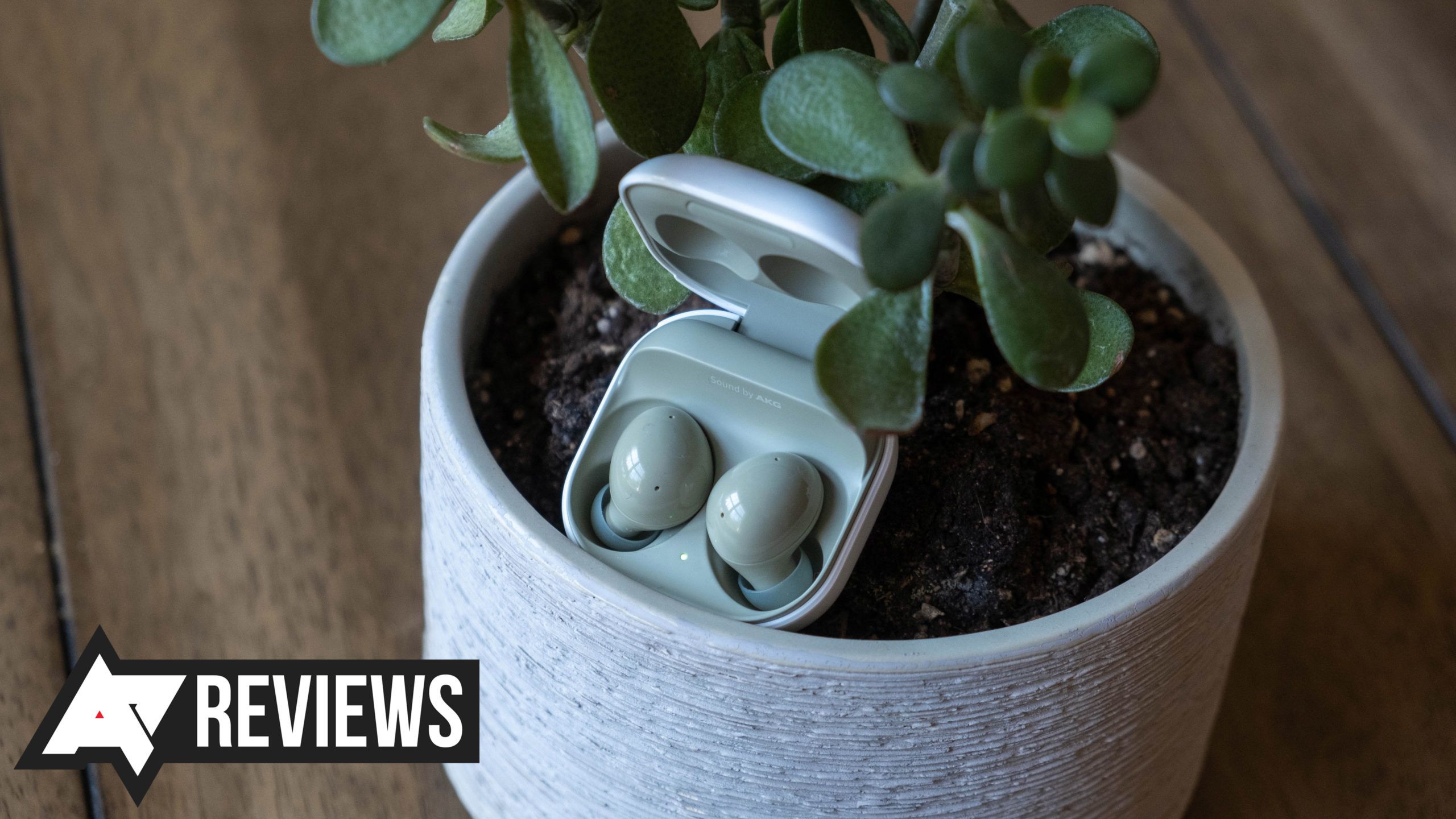
Galaxy Buds2 review: Earbuds shouldn’t hurt
But these ones do
The Nothing Ear (a) are more comfortable than either the Galaxy Buds 2 or the Speck Gemtones Pro and as good or better than either of those buds when it comes to audio quality. The Ear (a) also beat them in terms of battery life and noise cancelling, and the Ear (a)’s control scheme is far better than the relatively dodgy touch controls of the Galaxy Buds 2 and Speck Gemtones Pro. The only area in which it doesn’t come out on top is in terms of its charging case, where the Ear (a) come in last.
If you want a better case with wireless charging capability, better EQ controls, or want it in black or white instead of yellow, then the more expensive Nothing Earbuds are an excellent premium option.
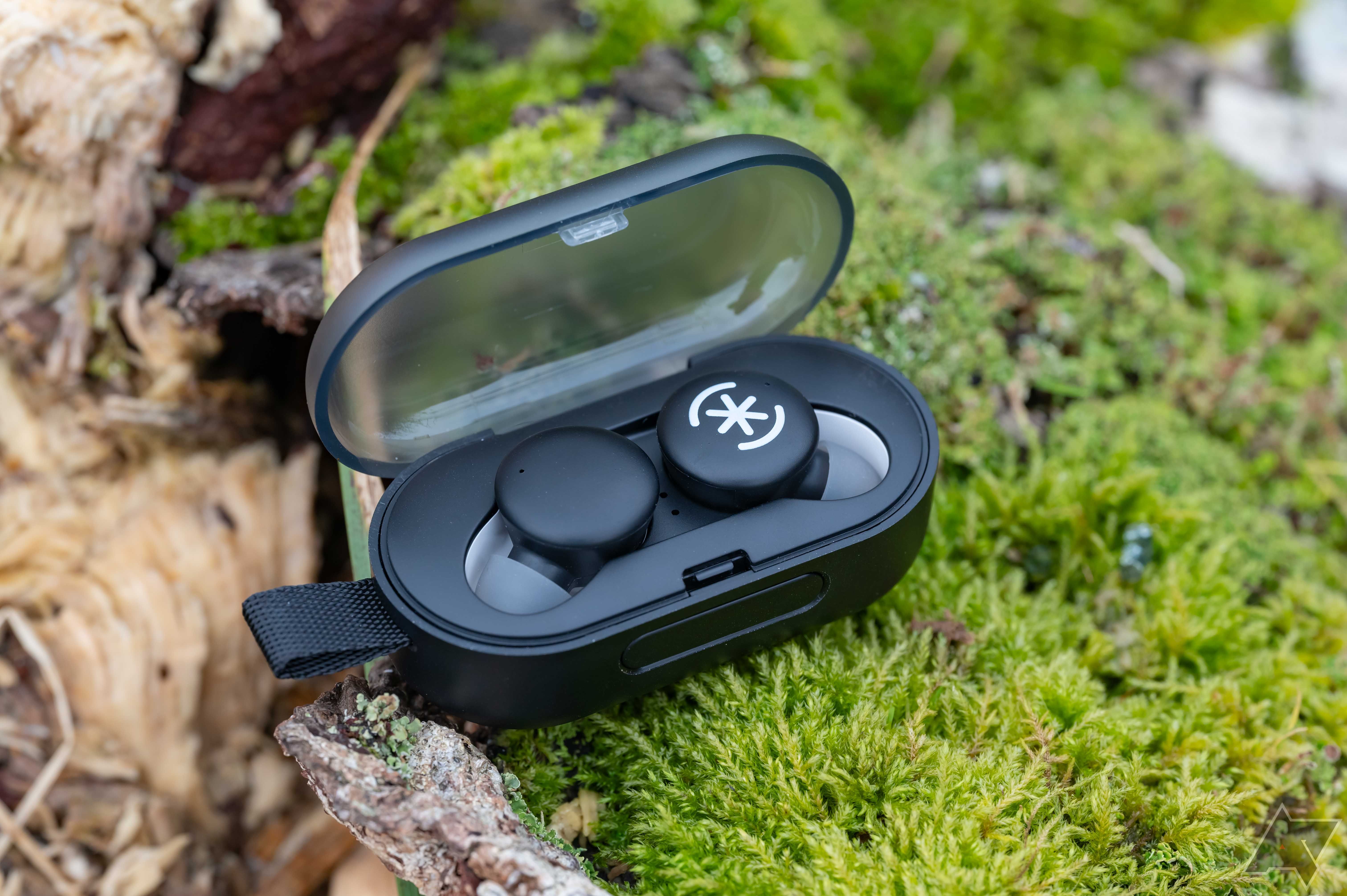
Speck Gemtones Pro review: Quality earbuds that won’t break the bank
There’s no ANC, but these $80 earbuds offer decent audio and a comfortable fit
Should you buy?
$99 is a small price to pay for the experience offered by the Nothing Ear (a). Between a full day’s listening time in the buds and a week’s worth of listening in the case, it practically annihilates battery anxiety. On top of that, they’re the most comfortable in-ear buds I’ve used as well as some of the best sounding. What compromises exist are found in places that don’t matter much from a practical standpoint. The premium experience offered by the(a)-less Nothing Ear is a tempting upgrade for those not on a budget. However, if you like yellow as much as I do, then the Nothing Ear (a) may even be preferable aesthetically.
A well-designed companion app and a superior method of on-bud control, combined with remarkably effective active noise canceling, complete the impressive roster of excellent aspects of the Nothing Ear (a). I highly recommend you consider either of Nothing’s third-generation earbuds, but the (a) offers the best bang for your buck.

Nothing Ear (a)
Staff pick
The Nothing Ear (a) offer excellent-quality audio, a high level of comfort, impressive battery life, and extremely effective active noise cancellation. These earbuds are well-rounded, providing a great listening experience and great value for money.
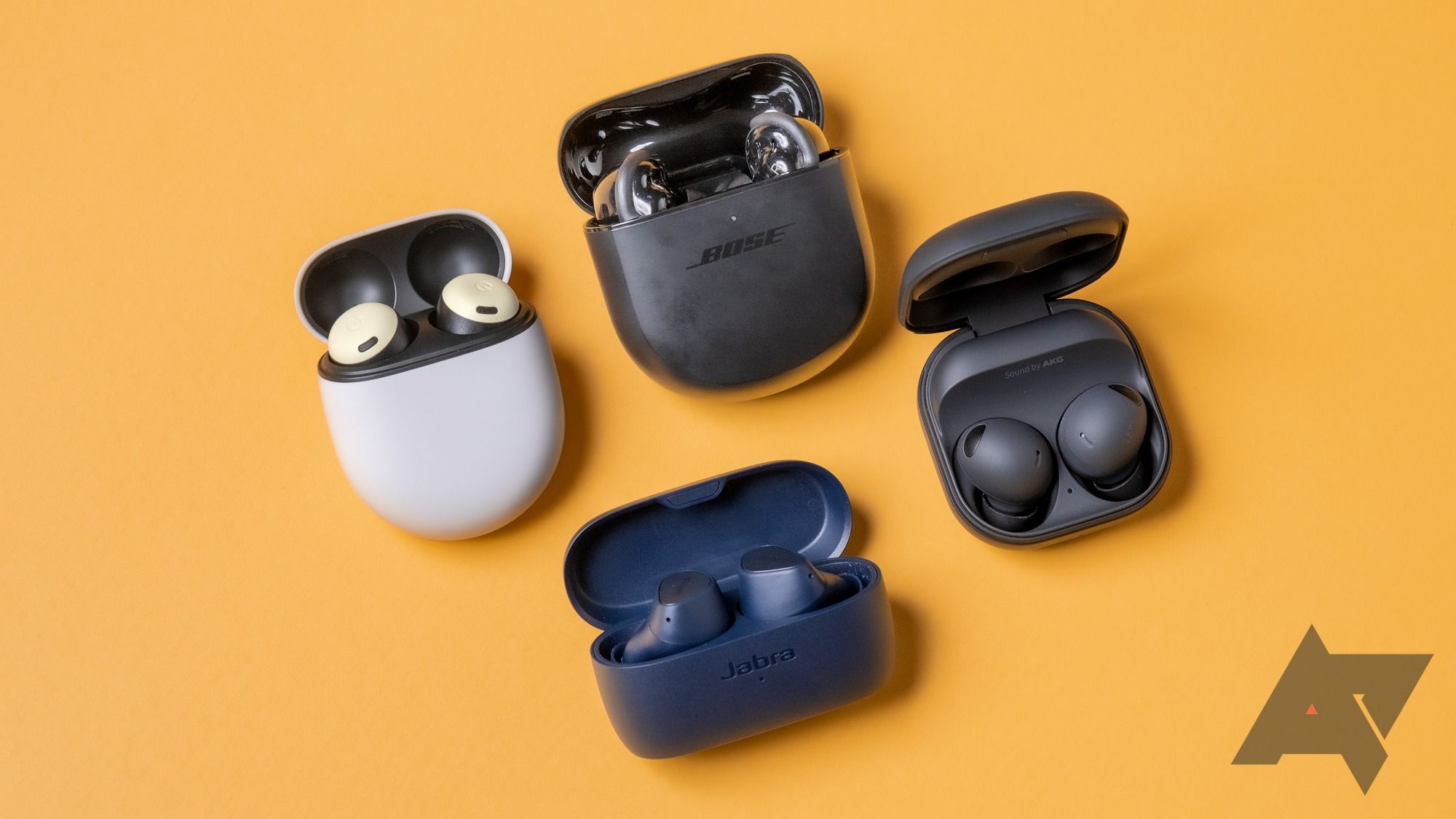
Best wireless earbuds in 2024
Your ears deserve the best, so choose the best wireless earbuds
Source link

